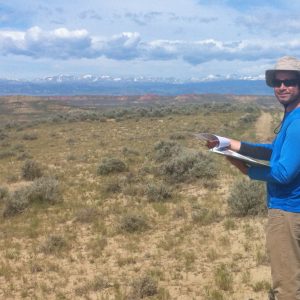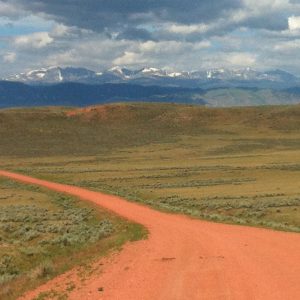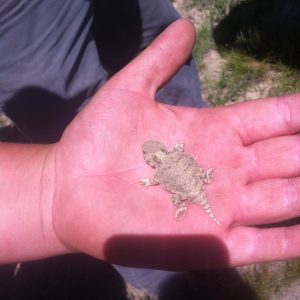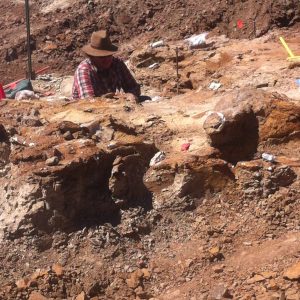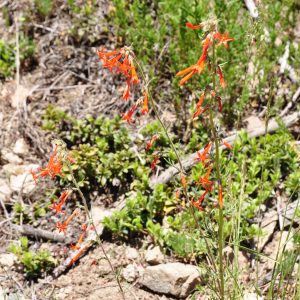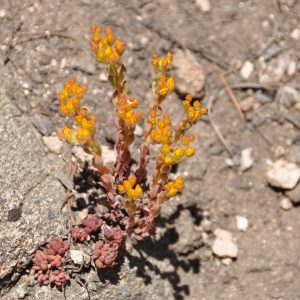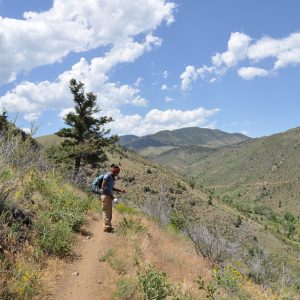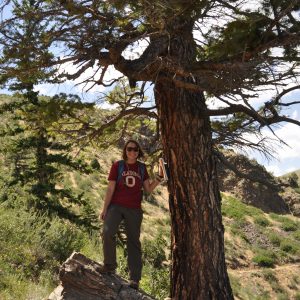Last month I promised a second installment of “Knowing your System”, but that will be postponed until I finish some statistics and can paint a more vivid picture of what is going on here. Today I wanted to say a few words about the CLM internship training. The majority of you have spent the last week visiting the gorgeous Chicago Botanical Gardens. I did not. Instead I sat entering data 8 hours a day for a week straight. To some this may seem like a normal day at work while to others this may be a description of the inner most circle of Dante’s hell. I attached very little negative feelings towards this activity. I think one feels more ownership, and later pride towards a project they are working on, if they are involved in each step of the way. This was just the logical next step preceding data checking, statistics and, analysis. Additionally, I was excited all week long knowing that my alternative training proposal was accepted, and that I too, would be in my very own training soon. Here is a little summary excerpt of my proposal.
“While taking Bettina Francis’ Environmental Toxicology I was encouraged to read “The Ghost Map” written by Steven Johnson. This book is about the ingenuity of Dr. John Snow on a quest to discover the origin of London’s cholera outbreak. Here I was first introduced to the notion that maps are an extremely powerful tool, and when used thoroughly can answer complex questions associated with the dynamics of the system at hand. Previously viewed as a simple visual representation of an area used only for directions, I was fascinated with all the potential in spatial analysis and how it could be used in ecology. Not to my surprise, I was not the first one to have this realization. The use of GIS in ecology is on the rise.
GIS, a short hand for Geographical Information System, is a system that is designed to manipulate, analyze, store and present geographical data. With current GIS systems capable of creating 3D representations of areas, layering other spatial data sets over the map, and conducting biostatistics on these data, it is essential to incorporated this tool in pushing forward the boundaries of ecological. GIS can directly be used in ecological niche modeling, understanding geographic speciation, rare plant monitoring, predicting future organism distribution and many other concepts related to ecology end evolution….”
And so, naturally I want to learn and have been eying different courses for a year now, never really being able to afford them. Lo and behold, thanks to the CLM Internship, in the beginning of July, armed with books up to my ears I will be taking the ESRI’s introductory course! I think that the opportunity we are getting to continue our education via the offered training, or choosing your own adventure, is grand and I could not be more thankful. Especially since paying for this course can be hard on a biologist’s budget.
Even with all the excitement for the GIS course, upon the return of my co-workers from the CLM training I was slightly saddened after being informed the training was a grand success and that I missed out on meeting some amazing people (including Krissa who seems to have the power of stopping time to fit her busy schedule into a 24 hour day). I did not get a chance to meet all you other interns but, who knows, if we all make it in this field we may end up as co-workers yet.
I would like to finish off by saying one more thing. I do hope you had a chance to spend some time wandering the many nooks and crannies of the Chicago Botanic Garden. It is a gorgeous place that I hold very dear to my heart. Even though I was not at the training, I did grow up a mere 15 minutes away (you may notice that in the Chicagoland area everything is 15 minutes away). The Botanic Gardens played a large role in my childhood, especially when it came to bonding with my Dad. There is a bike trail that passes near my house and continues all the way to the CBG. It is on this trail that my father and I spend many, not so lazy, Sundays. As a small kid this seemed like such a daunting task, the trail seemed like it went on forever. As I grew, the trail seemed to shorten but the good times did not lessen one bit. Running around the English gardens, the rose garden, the Japanese islands, the bonsai exhibits, the sensory gardens, and of course getting lost in the iconic view from the visitor center bridge onto the lake, I could never extract all the joy that spending time at the gardens brought me, so I just had to keep coming back.
Having been away from my parents’ place for a few years now, I look forwards to the 4th of July weekend when I will be visiting Chicago. I hope to convince my dad to take out the rusty bikes and take another bike ride to the botanic gardens.





